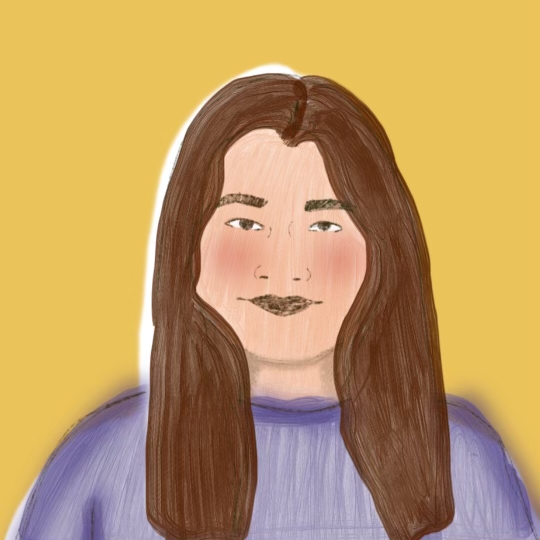This story is syndicated from Odyssey Media Group, the newspaper of Clarke Central High School in Athens, GA. The original version of the story ran here.
My mom is Filipino and my birth dad was white. As a result, I’m biracial with an ambiguous appearance. However, I had never realized how people’s perceptions of my background had been impacting the way I had been viewing myself.
In my sophomore year, I was confronted with a question in one of my classes asking how my appearance impacted my everyday life. As I pondered the question, I realized that all I could think of was an indefinite feeling of confusion because I didn’t know what I looked like. My mixed features had muddied others’ and my own understanding of myself.

Memories of friends noting how they thought I was Hispanic or Indigenous when they met me flashed through my head. Awkward interactions with Spanish-speaking strangers and every joke I’d made about being ambiguous were suddenly unfunny because I realized that those jokes came from my insecurity with my sense of self and not from a place of light-hearted humor.
Confusion over my appearance has followed me all my life and has infected how I viewed myself. Eventually, I could no longer see myself as a biracial American because it became too hard to exist within both identities without feeling like someone was telling me that I should be something or someone else. On top of the feeling of confusion, I also felt like an imposter in my own culture.
On top of the feeling of confusion, I also felt like an imposter in my own culture.
When my mom moved to the U.S. she was old enough to have memories from the island but young enough to consider herself raised in the States, and shortly after I was born we moved across the country, away from my Filipino relatives and influences.
That distance quickly became more than just physical as it placed itself between myself and my identity because, though my mom is Filipino, she can’t speak Tagalog. We can’t cook Filipino meals, they take too much time for our lifestyle. So I didn’t feel Filipino enough to say I’m Filipino, and there have been times where my mom and I shared this disconnected feeling. However, she still had pieces of the life she’d lived with her mom and on the island. I had little to nothing.
I started grasping for anything that could reconnect me with this lost part of my identity. I took up conducting my own research into the history of the Philippines and various aspects of the culture, exploring the topic as if it were my homework. I followed Instagram accounts that taught me a Tagalog word a day and tried to incorporate the language into everyday interactions by saying “Salamat” and “Mahal Kita.” I looked more into Pinoy cuisine and helped my mom roll lumpia and blend ice candy. Gradually, my small efforts grew my confidence enough to bring me to who I am now.
Now, I am a person who is confident enough to present herself to the world as a biracial American, who is brave enough to fight for herself when she is told she’s not enough, who is a proud representation of the Pinoy diaspora.



